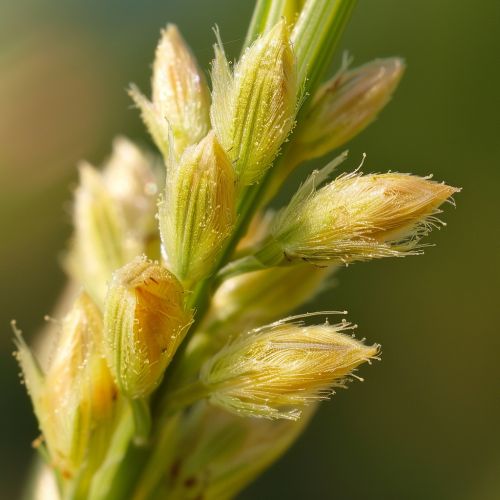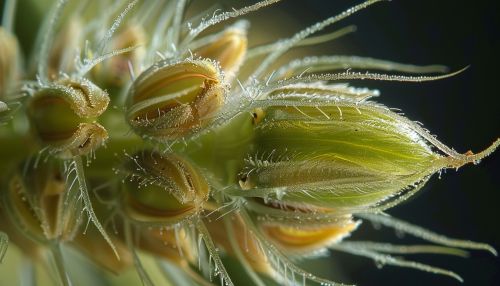Alternation of generations
Introduction
Alternation of generations, also known as metagenesis or heterogenesis, is a complex and fascinating biological process observed in some protist and plant species. This process involves the alternation between two distinct phases, or generations, in the life cycle of an organism: the sexual, or gametophyte, stage and the asexual, or sporophyte, stage. Each of these stages is characterized by a specific type of cell division and mode of reproduction, providing a unique strategy for survival and propagation.


The Concept of Alternation of Generations
The concept of alternation of generations was first proposed in the mid-19th century by the German botanist Hofmeister. It was a revolutionary idea that challenged the prevailing understanding of plant reproduction. Hofmeister observed that there were two distinct types of reproductive structures in plants, which he termed as the gametophyte and sporophyte generations.
The gametophyte generation, also known as the gamete-producing phase, is characterized by the production of gametes, or sex cells, through a process called meiosis. These gametes are haploid, meaning they contain only one set of chromosomes. When two gametes fuse during fertilization, they form a diploid zygote, which marks the beginning of the sporophyte generation.
The sporophyte generation, also known as the spore-producing phase, is characterized by the production of spores through meiosis. These spores are also haploid, and when they germinate, they grow into new gametophytes, thus completing the cycle.
Biological Significance of Alternation of Generations
The alternation of generations has significant biological implications. It increases genetic diversity, which is crucial for the survival and evolution of species. By alternating between sexual and asexual reproduction, organisms can adapt to changing environmental conditions and resist diseases and parasites.
Moreover, the alternation of generations allows for the separation of the processes of growth and reproduction. This separation can be advantageous in certain environmental conditions. For example, in harsh environments, the sporophyte generation can focus on growth and survival, while the gametophyte generation can concentrate on reproduction when conditions are more favorable.
Alternation of Generations in Different Organisms
While the alternation of generations is a common feature in all plants, the prominence of the gametophyte and sporophyte stages varies among different groups of plants.
In bryophytes, such as mosses and liverworts, the gametophyte stage is dominant. The sporophyte is small and remains attached to the gametophyte, relying on it for nutrition.
In pteridophytes, such as ferns, both the gametophyte and sporophyte stages are free-living. The sporophyte is the more visible and long-lived of the two stages.
In spermatophytes, which include gymnosperms and angiosperms, the sporophyte stage is dominant. The gametophyte is reduced and dependent on the sporophyte for survival.
Evolutionary Considerations
The evolution of the alternation of generations is a topic of ongoing research and debate among scientists. It is generally agreed that the earliest plants had a dominant gametophyte stage, similar to modern bryophytes. Over time, the sporophyte stage became increasingly dominant, a trend that is most evident in the evolution of spermatophytes.
The reasons for this shift in dominance are not entirely clear. Some scientists suggest that it may be related to changes in environmental conditions, such as the transition from aquatic to terrestrial habitats. Others propose that the shift may be due to the advantages of having a diploid sporophyte stage, which can tolerate more genetic variation and is therefore more adaptable to changing conditions.
Conclusion
The alternation of generations is a fascinating and complex biological process that plays a crucial role in the life cycles of many organisms. It provides a unique strategy for survival and propagation, allowing organisms to adapt to changing environmental conditions and increase their genetic diversity. Despite the progress made in understanding this process, many questions remain, making it a rich field for further research.
